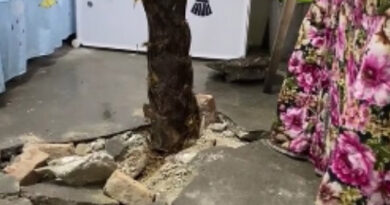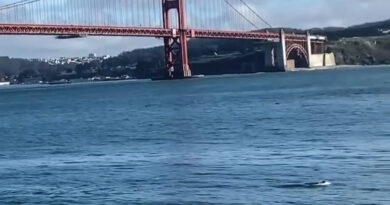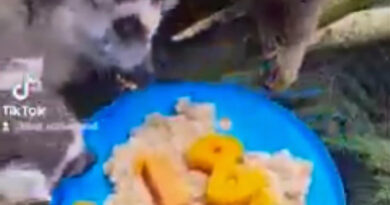Marine Biologist Says His Never-Seen-Before Footage Shows Tuna Cowboys Killing Fish Is Cruel
This shocking footage filmed 20 years ago and never published because nobody wanted to tell the truth about Australia’s tuna cowboys has been shared for the first time with Real Press by its marine biologist filmer who wants people to know the truth about the way sea resources are being depleted.
The footage, published here for the first time, is just a selection of the full material that was originally shot and which no one wanted to publish at the time because nobody was prepared to tell the cruel truth.
But now with the world’s oceans being depleted of their fish, marine biologist Lorenzo Mittiga, 51, who is originally from Rome and is now based on the island of Bonaire in the Dutch Caribbean, is hoping the view may have changed.
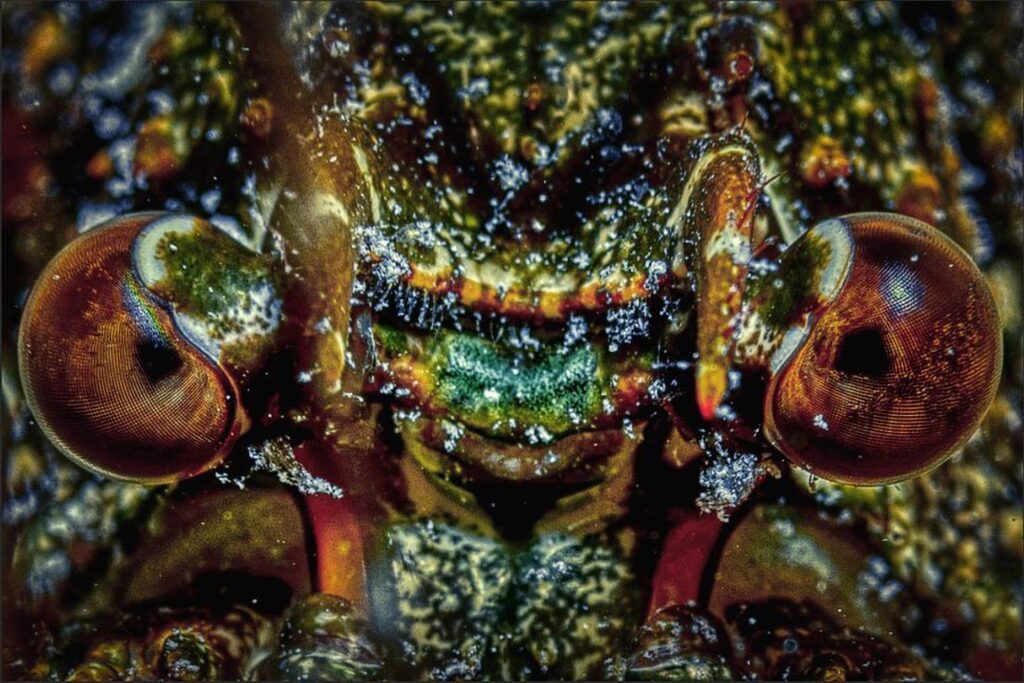
The so-called Australian method of fishing that he captured inspired a National Geographic documentary in 2015, aptly named Tuna Cowboys, and involves divers swimming with the huge fish that could weigh more than their own bodyweight to wrestle the animals onto awaiting boats.
The fish are then killed by severing the spinal cord, rendering them motionless by inserting a wire down their central nervous system, and they are then gilled and gutted in preparation for sale to sushi restaurants – mainly in Japan.
The fish that suffer this fate are originally wild-caught in nets before being transported to fattening pens in preparation for harvesting by the tuna cowboys.
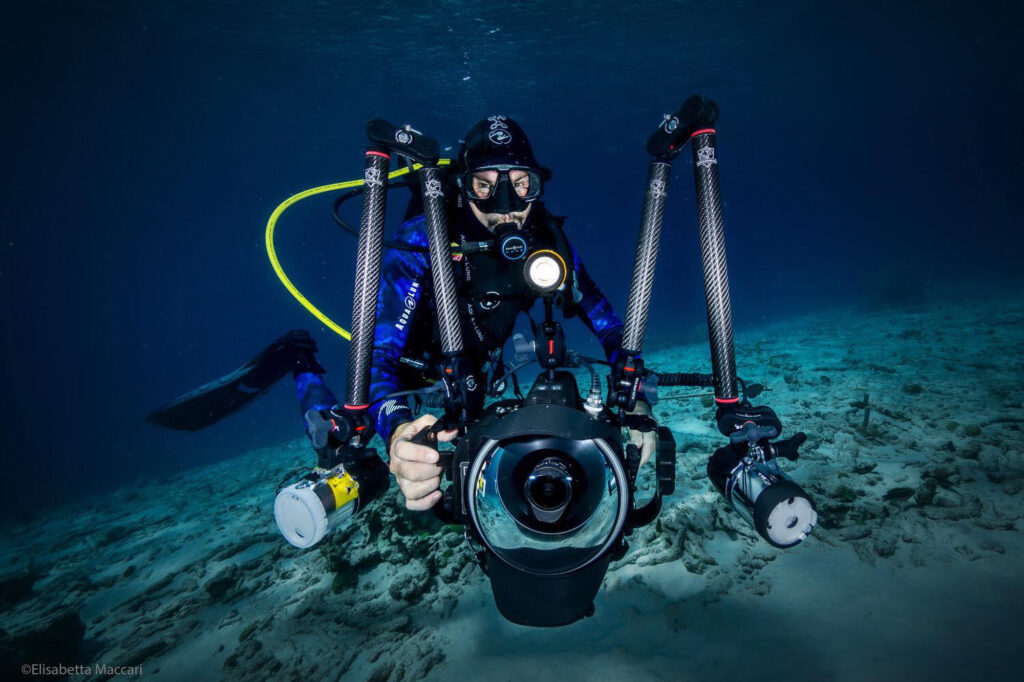
Lorenzo told Real Press in an exclusive interview about the process where the heart of the fish is still beating in order to make sure the blood is pumped out.
It is done to not only improve the appearance of the uncooked tuna flesh, but also to reduce the fish’s body temperature before it can be chilled, and to remove unwanted bacteria from the fish’s bloodstream that might damage the flesh.
The Australia method is based on the Japanese Ikejime method where it is regarded as important that the blood is removed from the fish between 10 and 15 minutes after ike-spiking it using a special tool before being chilled. Ike-spiking is billed as one of the more humane methods of killing the fish by causing brain death immediately.
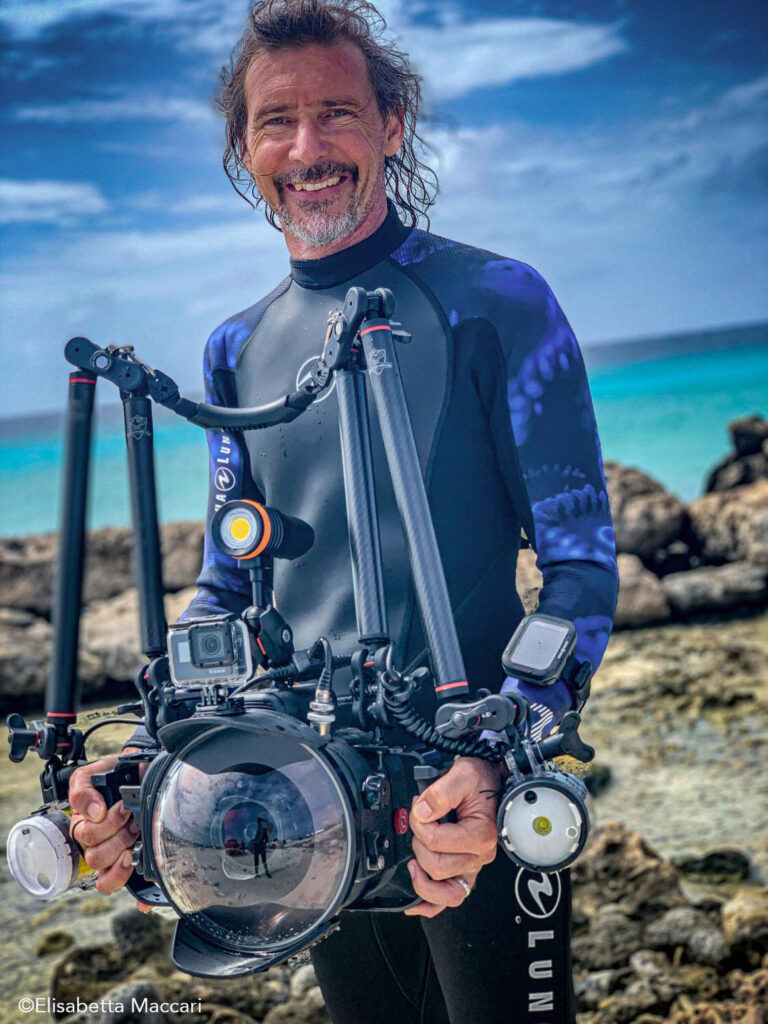
But the footage seems to indicate different as explained by Lorenzo who said: “They take a piece of bone from the head of the tuna in order to reach the spinal cord. The tuna will be dead in probably 15 to 20 seconds.
“In order to insert this spike, they have to take out a piece of bone, so I imagine that this big fish, which has a nervous system like all fish, can feel that. And so, they can suffer when they take a piece of bone from the head with a special tool that looks like a bottle opener.
“They take out the bone and insert the spike in immediately, then they pinch the arch area in order to let the fish bleed. They let the fish bleed, as you can see from my short video, and they open the tuna and remove all its internal organs – and the heart is still pumping.”
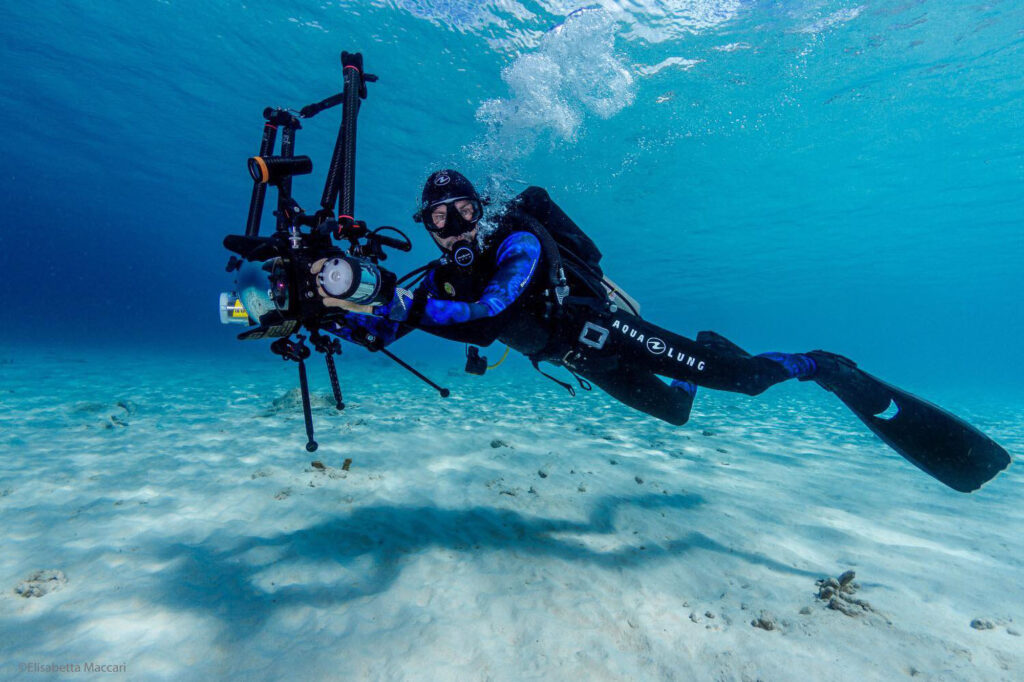
Lorenzo adds: “I don’t want to judge, but this is not a humane way of killing. There are no humane ways of killing for a biologist. The best way to be killed is when you put a fish into the ice and you lower the temperature. The fish dies slowly and probably without suffering too much. This is the only way. All the other ways have a certain amount of suffering.”
The Australian Southern Bluefin Tuna Association (ASBTIA) says the Japanese “iki jime” technique, that the Australian technique is based on, “has been perfected over time to minimise stress” and means the fish is killed within 10 seconds after being removed from the water.
It says feeding the wire down the animal’s nervous system is a secondary action, after euthanasia, to prevent twitching after death that may affect the tenderness of the meat.
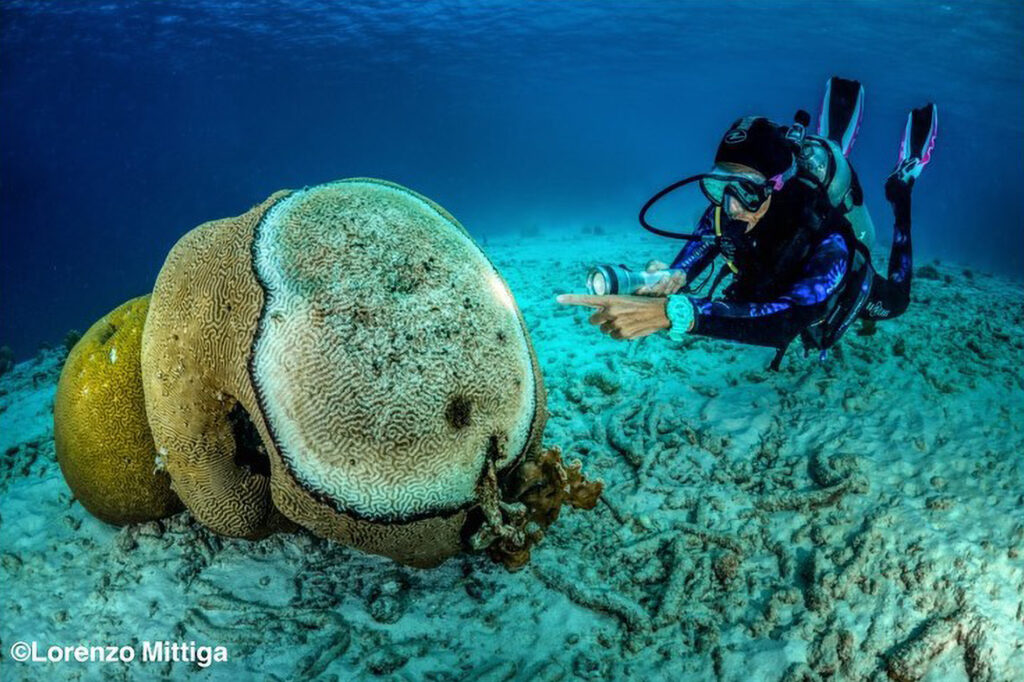
Lorenzon shot his film in Port Lincoln, South Australia, 20 years ago while he was studying a master’s degree at Adelaide’s Flinders University, specialising in aquaculture.
He said: “These bluefin tuna farms were pretty new then and I went to see how it works.
“So, they catch the bluefin tuna in the wild when they are about 15 to 20 kilogrammes (33-44 lbs) in the very deep ocean, and they keep this tuna in the sea in very big nets.
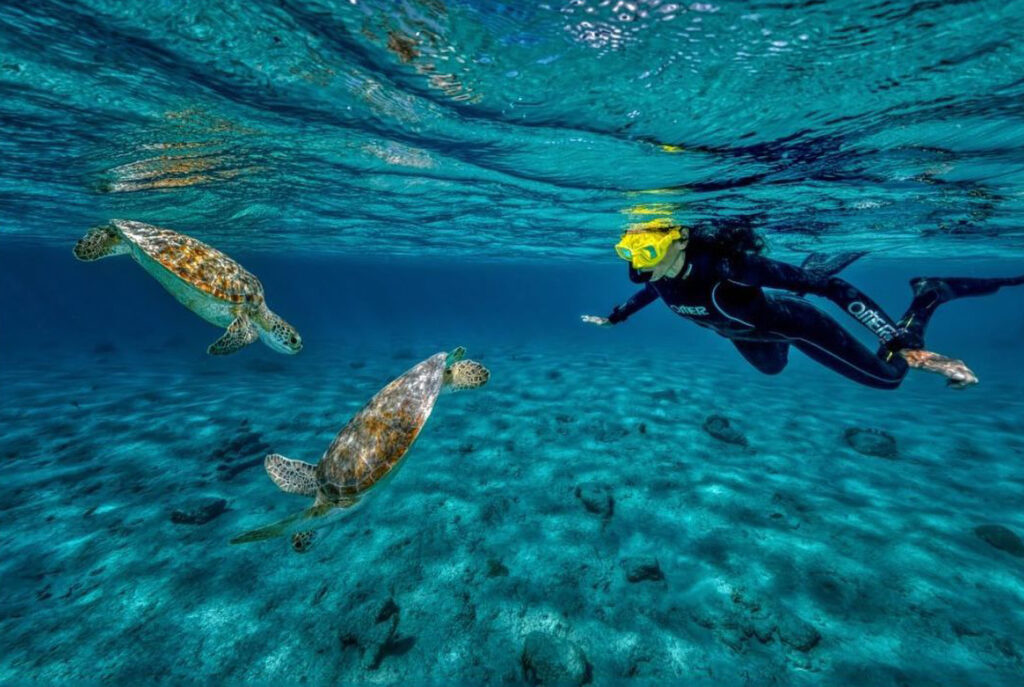
“Then they tow the nets to the bay where they have set up the farm. Once the tuna are in the cage, they feed them for at least one year in order to increase the weight to double or sometimes a little bit more than double, so they can reach 60, 80 and up to 90 kilogrammes (132-198 lbs).
Lorenzo says that the southern bluefin tuna are very important for the sushi economy as they are especially sought by the Japanese sushi market, and the technique of catching the tuna by hand is very difficult for these tuna cowboys.
He says: “I asked to go out and see all about the fish farming. It was very, very difficult to get on board, but after few days there in Port Lincoln, I met a guy and he allowed me to go on the boat. After three days on the boat, they allowed me to take some pictures.
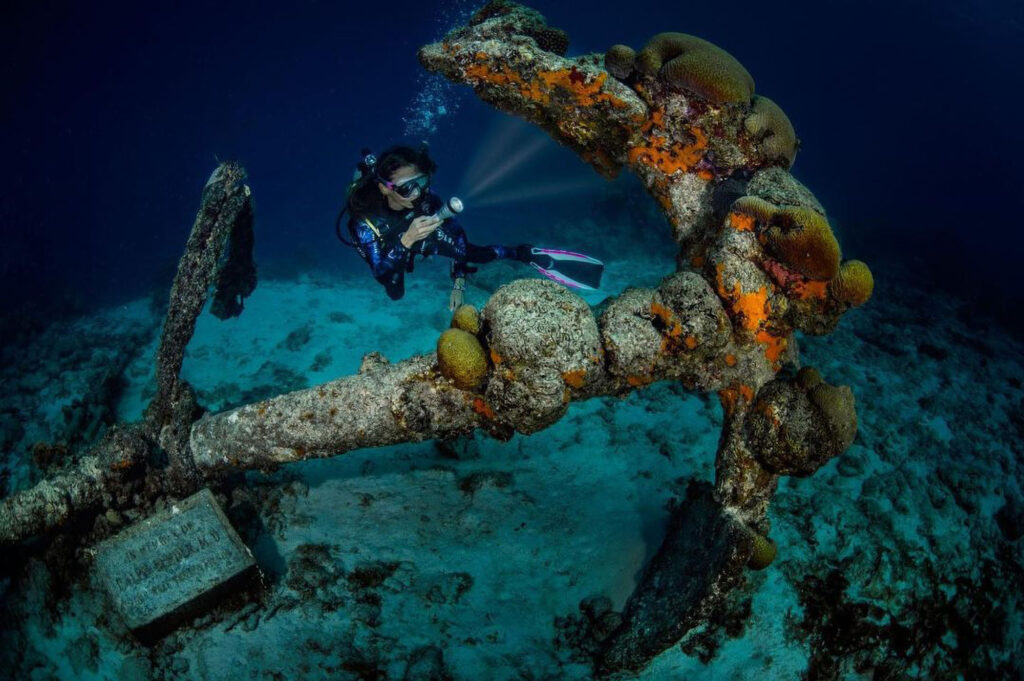
“So, I filmed everything,” says Lorenzo, who tried to generate interest in producing a documentary when he returned to Italy.
“This video that you see is just a small trailer. I have more footage, and I wanted to make a documentary about this fish farming. But nobody wanted it because it was too cruel for them.
“For me, it’s amazing how they wanted to cover up the truth of what is behind this farming,” he adds. “I wanted to release it just to let the people know what is behind the tuna that you eat, especially the tuna for the sushi.
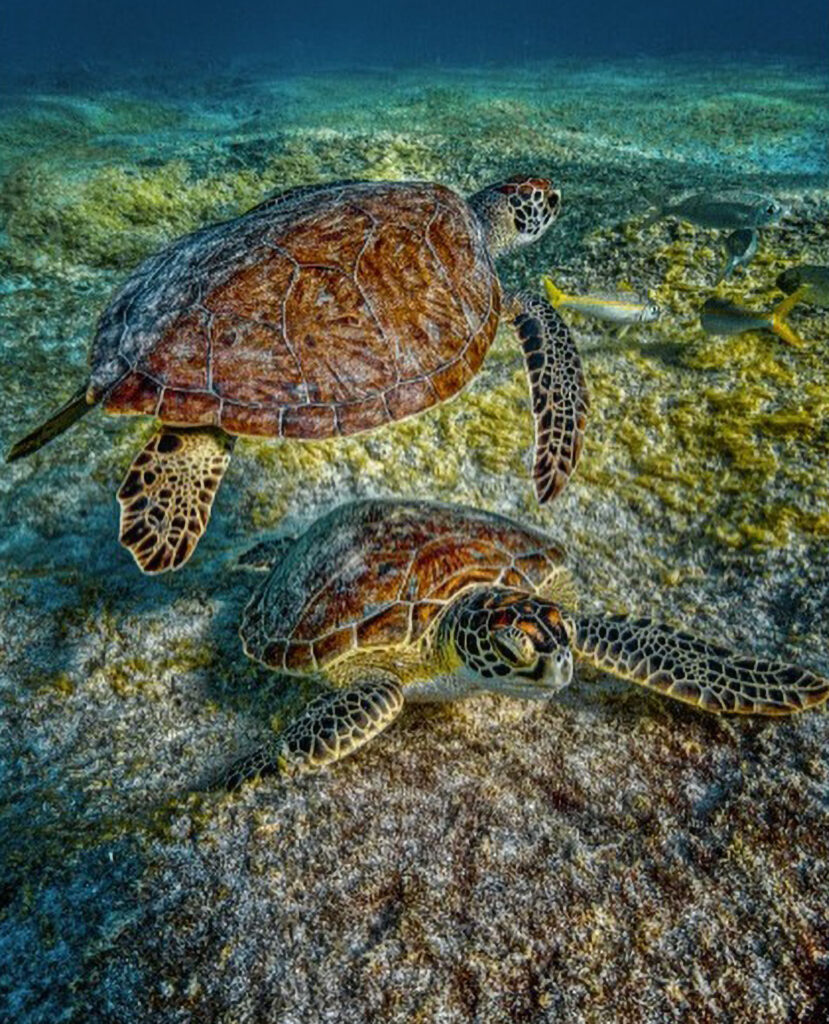
“I’m doing whatever to raise awareness in people in order to preserve this planet and the resources that we have.
“The southern bluefin tuna is probably the best quality tuna and the one that is used for sushi, so the wild stocks in the ocean are decreasing very quickly and soon there will be no more because tuna farming is increasing and the tuna farms are not fish that are born on the farm, and the wild stocks are decreasing in a very dramatic way.
“One day this species will be gone and the topmost predator after sharks, which also are endangered, will be extinct. Then another predator immediately down in the food chain will take over and this will unbalance all the natural bonds of nature.”
Lorenzo Mittiga hopes that his images will be seen and that someone will want to release his documentary, so that people know exactly how their tuna is produced.

